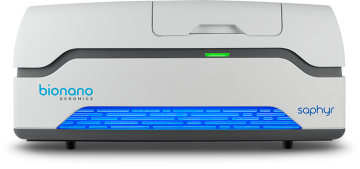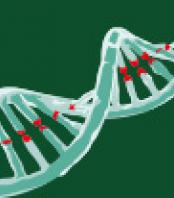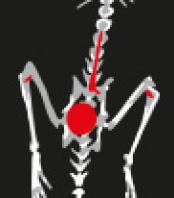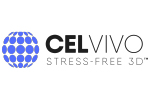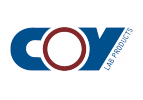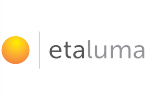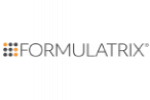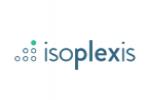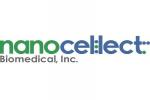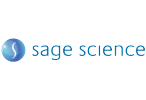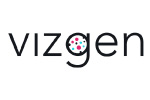Current short-read methods have come to dominate genome sequencing because they are cost-effective, rapid, and accurate. However, short reads are most applicable when data can be aligned to a known reference. Two new methods for de novo assembly are linked-reads and restriction-site labeled optical maps. We combined commercial applications of these technologies for genome assembly of an endangered mammal, the Hawaiian monk seal. We show that the linked-reads produced with 10X Genomics Chromium chemistry and assembled with Supernova v1.1 software produced scaffolds with an N50 of 22.23 Mbp with the longest individual scaffold of 84.06 Mbp. When combined with Bionano Genomics optical maps using Bionano RefAligner, the scaffold N50 increased to 29.65 Mbp for a total of 170 hybrid scaffolds, the longest of which was 84.78 Mbp. These results were 161X and 215X, respectively, improved over DISCOVAR de novo assemblies.
Read more












